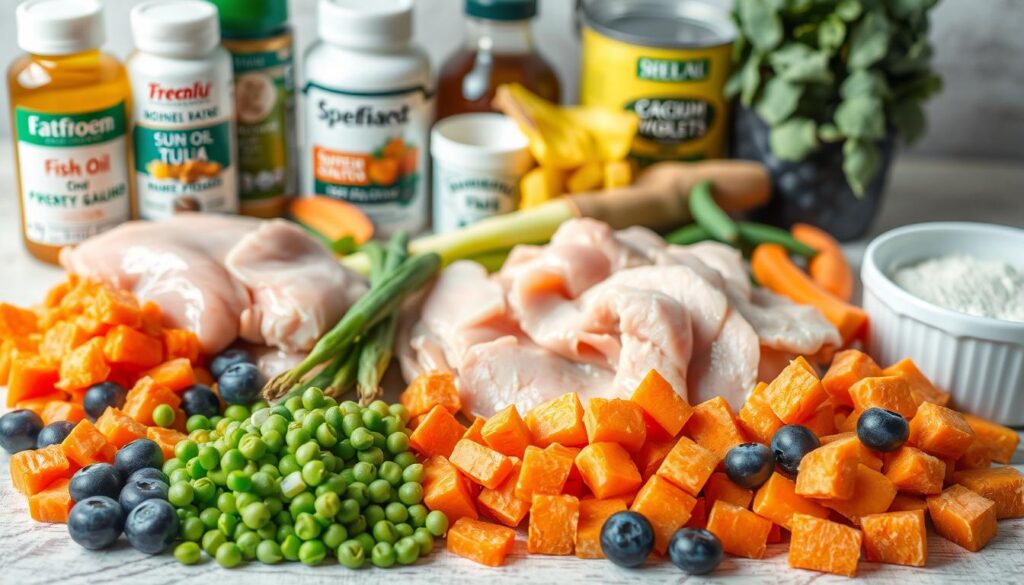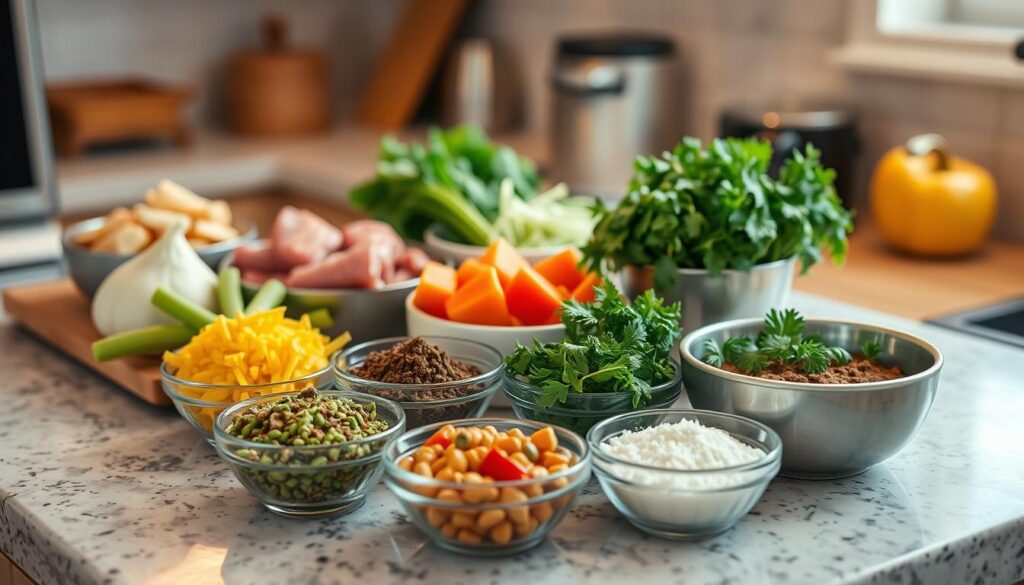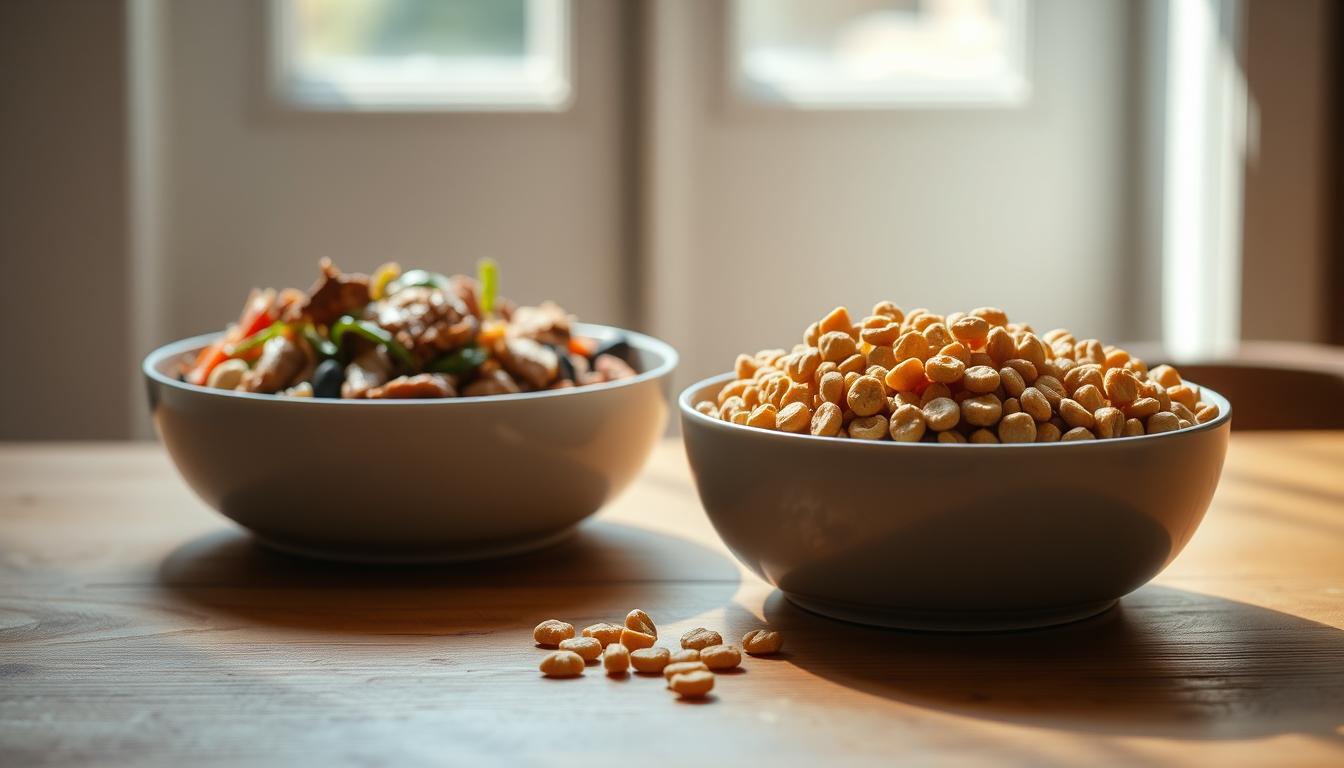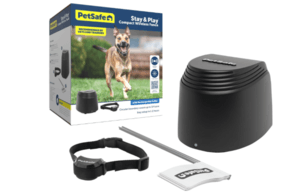As a cat owner, picking the right nutrition for your pet is key. The debate between homemade cat food and commercial cat food goes on. Each side has its good and bad points.
Some owners like to make their cat’s meals at home. Others choose commercial cat food for ease. But what are the ups and downs of each choice? This article will explore the benefits and drawbacks of homemade and commercial cat food. It aims to help you decide what’s best for your cat.
It’s important to know the differences between these two options. This ensures your cat gets the best nutrition.
Key Takeaways
- Understanding the pros and cons of homemade and commercial cat food.
- Comparing the nutritional benefits of each option.
- Identifying the best choice for your cat’s specific needs.
- Learning how to make an informed decision.
- Discovering the importance of nutrition for your cat’s health.
Understanding Your Cat’s Nutritional Needs
Cats need different nutrients based on their age and health. It’s important to give them the right food for their health and happiness.
Essential Nutrients for Feline Health
Cats need a diet full of important nutrients. Protein is key for their health.
Protein Requirements
Cats must eat a lot of protein from meat. This helps keep their muscles strong and their body working right.
Fats, Vitamins and Minerals
Cats also need fats for energy. They need vitamins and minerals for strong bones and a healthy immune system.
| Nutrient | Function | Sources |
|---|---|---|
| Protein | Muscle maintenance, bodily functions | Chicken, Fish, Beef |
| Fats | Energy, skin and coat health | Fish oil, Chicken fat |
| Vitamins and Minerals | Bone health, immune function | Vitamin D supplements, Taurine |
How Nutritional Requirements Change with Age
As cats get older, their nutritional needs change. Kittens need lots of protein and calories for growth. Older cats need fewer calories but more support for their joints.
The Rise of Homemade Cat Food
More pet owners are making homemade cat food. They want better food for their cats.
They learn about bad stuff in commercial cat food. So, they choose homemade to control what their cats eat.
Why Pet Owners Are Making the Switch
Many switch to homemade cat food to avoid bad stuff in commercial food. Homemade food is fresh.
Homemade food can also fit a cat’s special needs. This might make them healthier.
Common Misconceptions About DIY Cat Food
Some pet owners doubt homemade cat food. They think it’s hard or not good enough.
But, with the right plan and vet advice, homemade food can be great. It’s a good choice instead of store-bought.
Commercial Cat Food: Types and Quality Variations
Choosing the right commercial cat food can be hard. There are many types and quality levels to pick from. Cat owners need to think about what’s best for their pets.
Dry Food vs. Wet Food vs. Semi-Moist Options
Commercial cat food comes in three main types: dry, wet, and semi-moist. Each has its own good points.
- Dry Food: It’s easy to use and doesn’t cost much. Dry food helps keep teeth clean by fighting tartar.
- Wet Food: It has lots of water, which is good for cats with bladder problems or who drink a lot.
- Semi-Moist Food: It’s in between dry and wet in water content. It’s a good choice for those who want something in between.
Decoding Cat Food Labels and Ingredients
Reading cat food labels is key to making smart choices. Look at the Guaranteed Analysis and the ingredient list closely.
Understanding Guaranteed Analysis
The Guaranteed Analysis shows the minimum or maximum amounts of protein, fat, fiber, and moisture. It helps you know the food’s nutritional value.
Identifying Quality Ingredients
Good ingredients are important for a cat’s health. Search for named proteins (like chicken or salmon), whole grains. Stay away from fillers or by-products.
Knowing about the different cat foods and how to read labels helps cat owners choose better for their pets.
Homemade Cat Food vs Commercial: A Comprehensive Comparison
Homemade cat food and commercial cat food are two ways to feed your cat. Each has its own good points and bad points. You need to think about nutrition, cost, and how easy it is to prepare.
Nutritional Control: Who Wins?
Homemade cat food lets you pick what your cat eats. You can avoid bad stuff like fillers and by-products. But, making sure your cat gets all the nutrients is hard.
Commercial cat food meets certain nutritional standards. But, the quality can change a lot. Some are better, some are not.
Cost Analysis: Breaking Down the Expenses
How much you spend on cat food matters. Homemade cat food can save money if you buy in bulk. But, learning about nutrition and maybe getting help from a vet can cost more.
Commercial cat food might seem pricier. But, it’s easy to get and comes in many types. Prices vary a lot.
Convenience Factor: Time and Preparation
Many cat owners value convenience. Commercial cat food is quick and easy to find. It comes in many forms, like dry and wet.
Homemade cat food takes time and effort. But, you can cook in bulk and freeze to save time.
Health Benefits of Homemade Cat Food
Feeding your cat homemade food can make them healthier. It can help with digestion and give them more energy. Many cat owners choose homemade food for a natural diet.
Improved Digestion and Fewer Allergies
Homemade cat food can make digestion better. It uses fresh ingredients, avoiding bad stuff in commercial foods. This can also cut down on allergies in cats.
Weight Management and Energy Levels
Homemade food lets you control what your cat eats. This helps with weight and boosts energy. Indoor cats especially benefit from being more active.
Potential for Longer Lifespan
Homemade food gives cats the nutrients they need. It avoids harmful additives. This can help them live longer and stay healthy.
In short, homemade cat food is great for their health. It’s a good choice for cat owners who want their pets to be happy and healthy.
Potential Risks of DIY Cat Food
More cat owners are making their own cat food. But, they need to know about the risks. These include not getting enough nutrients and the chance of contamination.
Nutritional Imbalances and Deficiencies
Cats need certain nutrients to stay healthy. If they don’t get these, they can get sick. This can be from simple problems like dull fur to serious issues like heart disease.
To avoid this, you must make sure your cat’s food is balanced. It should have proteins, fats, vitamins, and minerals. Talking to a vet or animal nutritionist can help make sure your cat eats right.
Food Safety and Contamination Concerns
Homemade cat food can also be risky. Raw meat, fish, and poultry can have harmful bacteria. This can hurt your cat and your family.
Proper Handling and Storage
To keep your cat’s food safe, handle and store it carefully. Prepare food in a clean area. Use different tools and boards for raw ingredients. Store food in airtight containers in the fridge or freezer.
Bacterial Contamination Risks
Raw diets can be contaminated with bacteria. Freezing doesn’t kill all bacteria. Thawing food wrong can spread harmful germs. Make sure to handle and thaw your cat’s food safely.

Commercial Cat Food: Advantages and Disadvantages
Many cat owners use commercial cat food. It’s easy and widely accepted. But, it has good and bad sides.
Benefits of Quality Commercial Options
Good commercial cat food gives cats a balanced diet. Brands like Hill’s Science Diet and Royal Canin make food for all life stages. They use science to make sure it’s safe and works well.
Key benefits are how easy it is to use, lots of choices, and it meets strict standards.
Common Problems with Store-Bought Food
Commercial cat food has some big problems. It often has additives and preservatives. There are also recalls and quality issues.
Additives and Preservatives
Many cat foods have additives and preservatives. They help keep the food fresh and tasty. But, some worry they might harm cats.
Recalls and Quality Control Issues
Commercial cat food can be recalled for safety reasons. This shows how important quality checks are.
| Brand | Nutritional Balance | Presence of Additives |
|---|---|---|
| Hill’s Science Diet | Yes | Some |
| Royal Canin | Yes | Few |
| Friskies | Partial | Many |
The table shows different brands have different levels of good stuff and additives. Cat owners should think about this when picking food.
Essential Ingredients for Nutritious Homemade Cat Food
Making homemade cat food needs careful picking of ingredients. Cats must eat a lot of protein from animals. Knowing the right ingredients is key for cat owners who want to control their cat’s diet.
Protein Sources: What’s Safe and Beneficial
Protein is very important for cats. Meat and organ meats are great for protein.
Meat Options and Preparation
Cooked chicken, turkey, and fish are good for homemade cat food. Make sure to cook the meat well to keep it safe.
Organ Meats and Their Benefits
Organ meats like liver and kidney are full of vitamins and minerals. They should be added in small amounts because they are very nutritious.
Necessary Supplements and Additives
Some supplements can make homemade cat food even better. Omega-3 fatty acids and vitamin E help with skin and coat health.
Ingredients to Avoid at All Costs
Some foods are bad for cats and should not be used. These include onions, garlic, chocolate, and grapes. It’s important to make sure your cat food recipe doesn’t have these.
By picking the right ingredients and avoiding bad ones, you can make healthy homemade cat food.
Simple Homemade Cat Food Recipes
Want to control your cat’s diet? Simple homemade cat food recipes are a great start. Making your cat’s food at home lets you meet their specific needs.
Here are a couple of easy recipes to get you started. First, let’s look at a basic chicken and rice recipe that’s both nutritious and simple to prepare.
Basic Chicken and Rice Recipe
This recipe is perfect for beginners. It has boneless, skinless chicken breast for protein, cooked white rice for carbs, and green beans for fiber.
- 1 pound boneless, skinless chicken breast
- 1 cup cooked white rice
- 1 cup green beans, steamed
- 1 teaspoon fish oil
Mix all the ingredients together and serve. This recipe makes about 3 servings. You can store leftovers in the fridge for later.
Fish-Based Recipe for Picky Eaters
For cats that love fish, this recipe is a great choice. It uses salmon fillet as the main protein source, which is rich in omega-3 fatty acids.
- 1 can of salmon fillet, drained and flaked
- 1/2 cup cooked brown rice
- 1/4 cup finely chopped carrots
- 1 teaspoon flaxseed oil
Combine all the ingredients and serve. This recipe is not only delicious but also packed with nutrients.

Make-Ahead and Freezing Tips
One of the benefits of homemade cat food is that you can make it ahead of time and store it for later use. To do this, simply prepare the recipe as instructed, portion it into individual servings, and freeze.
When you’re ready to serve, just thaw the desired amount overnight in the fridge or thaw it quickly by submerging the container in cold water. Always check the food for any signs of spoilage before serving it to your cat.
By following these simple recipes and tips, you can provide your cat with healthy, homemade meals that cater to their nutritional needs and preferences.
Transitioning Between Diets: Best Practices
Switching your cat’s diet needs a slow start and watching them closely. It’s important to plan well, whether you’re moving to homemade or commercial food. This keeps your cat healthy and happy.
Gradual Introduction Methods
Begin by adding a little of the new food to their old food. Slowly add more new food over 7-10 days. This gradual introduction helps their stomach get used to the change.
- Day 1-2: 25% new food, 75% old food
- Day 3-4: 50% new food, 50% old food
- Day 5-6: 75% new food, 25% old food
- Day 7 and beyond: 100% new food
Monitoring Your Cat’s Response
Watch your cat closely for how they react to the new food. Look for any signs of upset stomach or other bad reactions.
Signs of Successful Transition
A good transition shows:
- Normal stool quality
- Maintained or improved energy levels
- Healthy appetite
When to Consult Your Veterinarian
If you see any of these, talk to your vet:
- Persistent diarrhea or vomiting
- Lethargy or loss of appetite
- Visible signs of discomfort or pain
Conclusion: Making the Right Choice for Your Feline Friend
Choosing the right food for your cat is very important. It affects their health and happiness. Homemade and commercial foods both have good and bad points.
Understanding your cat’s needs is key. Think about their age, health, and how active they are. This helps you decide what’s best for them.
Whether you make food at home or buy it, focus on your cat’s nutrition. This way, they can live a long, happy life.
The choice between homemade and commercial food depends on your cat’s needs. Knowing the risks and benefits helps you make the best choice for their health.
FAQ
What are the benefits of feeding my cat homemade food?
Homemade cat food can help your cat digest better. It can also reduce allergies and help with weight. You get to pick the ingredients, making sure your cat gets the good stuff without bad stuff.
How do I ensure my homemade cat food is nutritionally balanced?
Ask your vet for help making sure your cat’s food is good. Use different proteins, fats, and vitamins. Change the recipe as your cat grows or gets sick.
What are the risks associated with homemade cat food?
Homemade cat food can be unbalanced or unsafe. But, you can avoid these problems by handling and storing food right.
How do I transition my cat to a new diet, whether homemade or commercial?
Start by mixing a little new food with their old food. Slowly add more new food over a few days. Watch how your cat does and adjust as needed.
What are the advantages of commercial cat food?
Commercial cat food is easy and comes in many types. It’s made to be balanced for cats. Many brands have special foods for different needs.
How can I identify quality ingredients in commercial cat food?
Look for real proteins, whole grains, and avoid bad stuff. Check the list and label. Also, research the company’s quality.
Can I mix homemade and commercial cat food?
Yes, mixing is okay. But, make sure it’s balanced. Talk to your vet to find the best mix for your cat.
How often should I review and adjust my cat’s diet?
Check and change your cat’s diet every 6-12 months. Or when they grow or get sick. Your vet can help pick the best diet for your cat.




